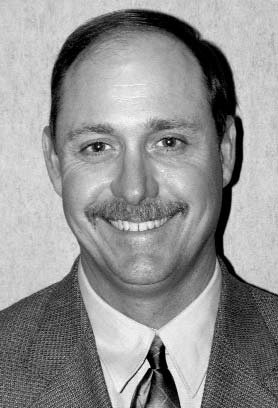Generally this time of the year I begin to get comments and/or feedback that the golf course is in bad shape and/or we have let the golf course go and have developed "the public golf course maintenance standards".
I am going to break down winter time, so there's a better understanding of the conditions in turf depending on weather issues.
1. #1 rule is the 150 DEGREE RULE--What is the 150 degree rule? Take the night time and day time temperature, add them together and you want 150 to be in prime growing conditions. So far this winter hasn't been that bad in the temperature range compared to last year however the combined averaged temperatures has only been between 90 to 115 in February--and that is nowhere near the 150 degrees combined rule. We have been on quite a roller coaster rides with temperatures this year, just when the turf is feeling some love by receiving some heat provided by Mother Nature, she then slams a cold front on us and shuts the plant completely down again. Turf is a lot like humans, it needs the sun, heat, and rain to survive and I might add the word CONSISTENCY--consistent sunlight, consistent heat, & consistent rainfall.
2. fertilizer-The last fertilizer application to the roughs and fairways was in June. Typically we do one fertilizer application per year. The timing of the application deeply depends on soil and air temperatures. The cost for this application runs between $10,000 to $15,000, so we want to get our bang for the buck and timing is critical. This application is scheduled for the month of May. We want our turf to be green and growing at the time of the application. I'm quite sure if any of us was going to spend (what the cost of the fertilizer application costs) we would do it correctly so that we got our moneys worth!!!
3. Weed Control-During the later winter months we experience Poa Annua, Clover, and many other weeds that we really don't care to look at. A pre-emergent application is sprayed three times a year on 125 acres out of the 150 acres. From what I can see so far this winter most of the area that received the pre emergent application is free of weeds, there's never a 100% solution. If there was, everyone else would be out of business. The next scheduled Pre emergent application is scheduled for March and then 45 to 60 days later a second application will be applied, the cost of this application is $11,450.00. In November we do the pre emergent application for winter weeds and the cost for that application $13,600.00. On top of the pre emergent applications additional herbicide applications are made as needed. For the greens, the Poa Annua has taken a hard hit this year with herbicide applications, it still has not completely removed the plant but certainly has put the hurt on it. There is a new product out starting in 2015 for Poa control on putting surfaces, so we'll see???
4. Overall conditions-When the turf is brown, no leaves on the trees, and everything just seems to be BLAH--that's when it's late winter. The golf course maintenance staff is into winter projects such as tree trimming, any building repairs to the restroom facility and/or shop area, pump station rebuilding,
golf course maintenance equipment rebuilding, concrete work, basically doing all the odd and end projects so that when the warmer temperatures arrive and the turf gets to growing we can focus on mowing and giving our membership a consistent golf course to enjoy.
5. Upcoming jobs-Just today I spoke with a member that mentioned pot holes around the course-so we will get right on that project and hope to meet a satisfaction level with all the membership in golf course conditions. New landscaping at the golf shop and the large tri-angle planter on the way to #1 & #10 tee box. Tree trimming to the front of the clubhouse, golf shop, and the scoring area. I'm sure more will happen between now and the arrival of growing temperatures.
6. Membership-How many golfing members really follow the 90 degree rule? How many members drive the carts on the turf as soon as they pass the ladies tee? How many members drive there carts on the opposite side of the green that the cart path is located on? How many members when they come to the tee box and/or the green and park two wheels on the turf and two wheel on the cart path? How many members park there golf cart on the green slope? Rather than on the cart path? All these area's I have touched base on, is simply a way the membership could be pro-active in improving the golf course conditions.
Overall, if you ever have any comments or feedback-don't hesitate to contact me. This is the way I can understand how the membership is thinking and/or feeling about the golf course conditions. My goal is to meet as many expectations as I can, I do realize I can't meet them all but if I can hit the majority-that will make an impact.
Also, please feel free to contact you Greens Committee representative's, there's a representative for the Board of Directors, Ladies, Seniors, and Men's Golf Association. They can bring the comments to the meeting and we can discuss what's going on and get it resolved. Basically the better communication between the membership, greens committee and the golf course superintendent the better.
THANK YOU FOR BEING A MEMBER!!!
Willy Plowman
Golf Course Superintendnet
